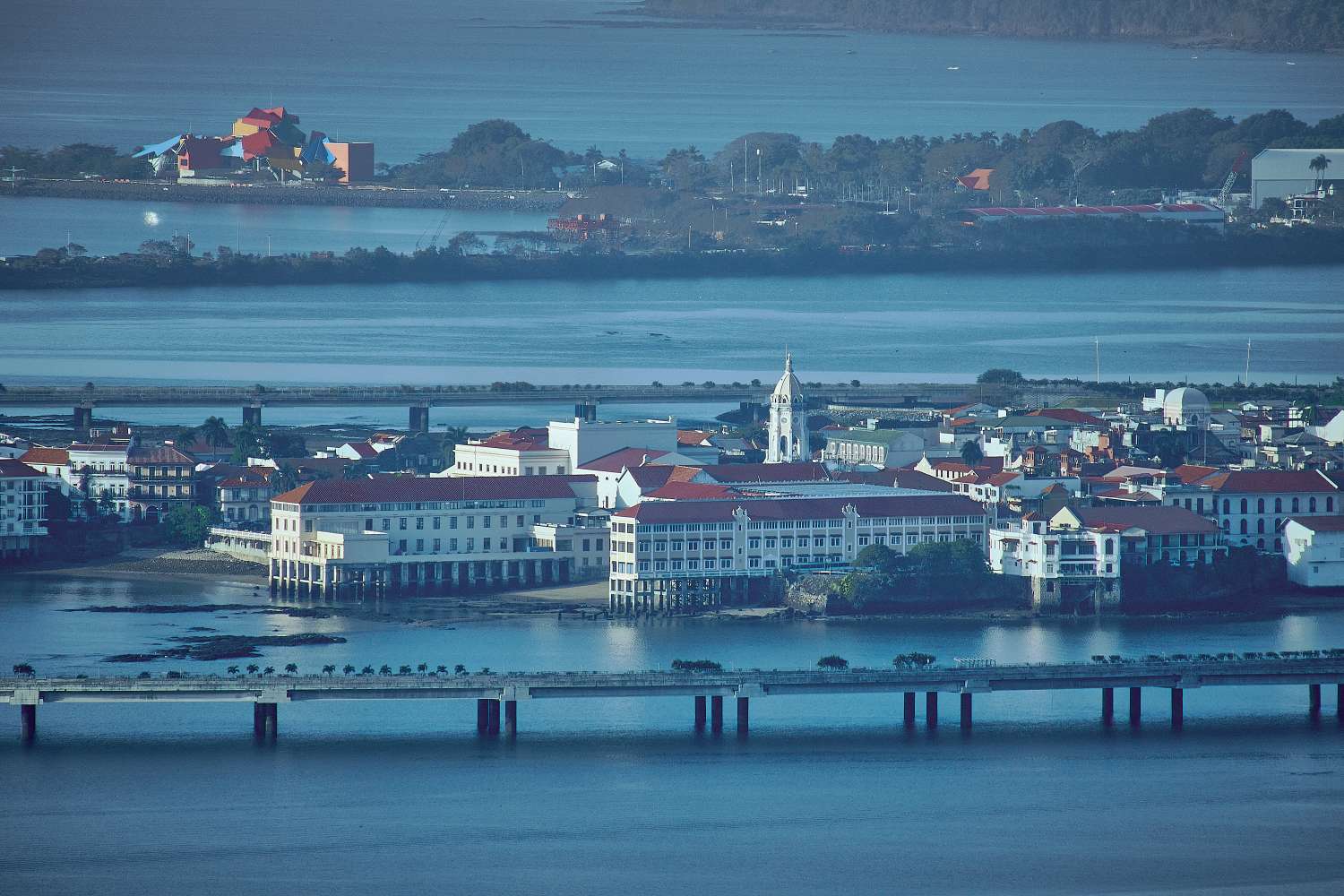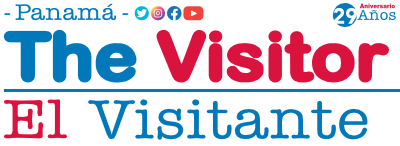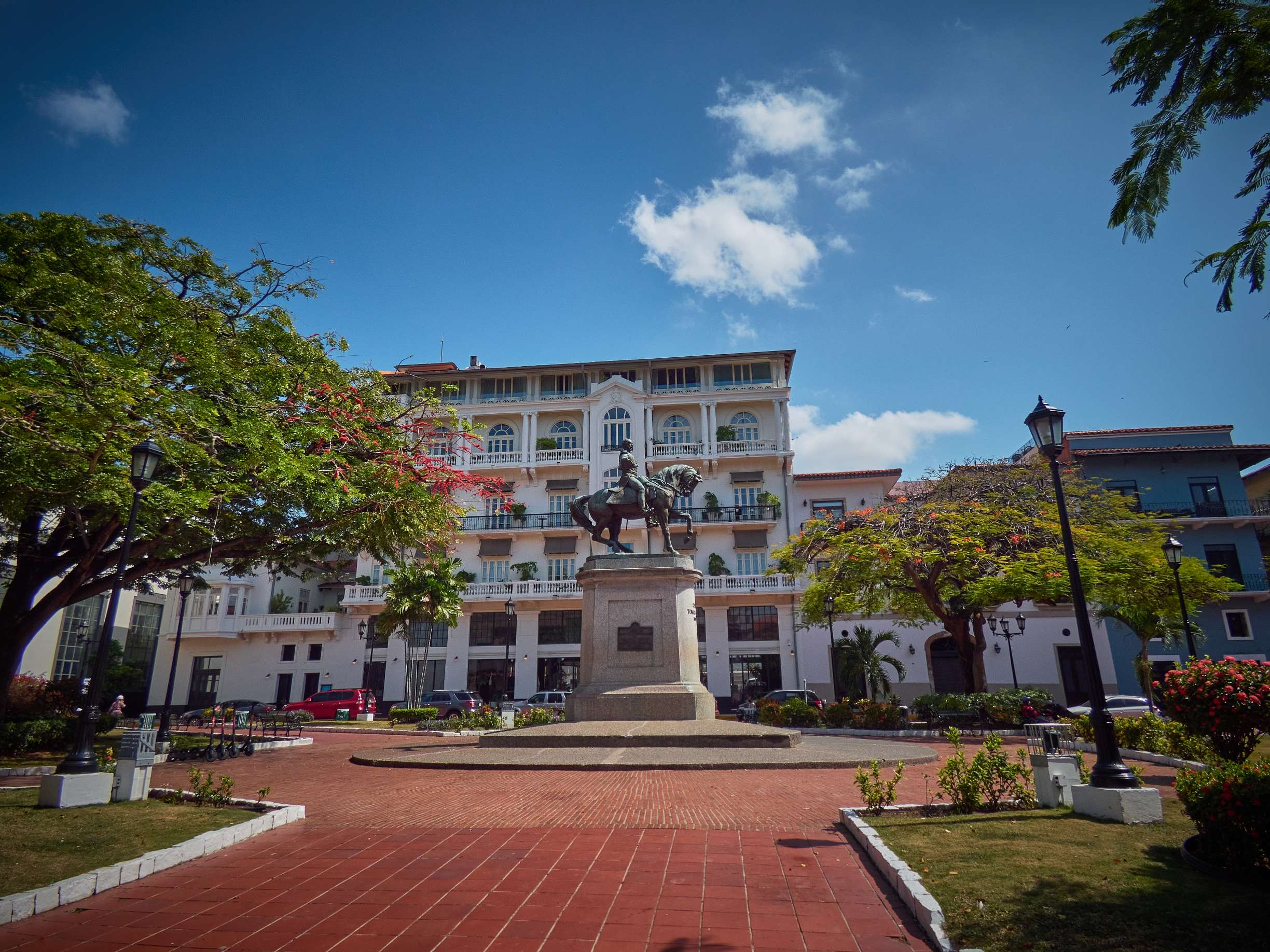Panama City has an area where it is possible to travel back in time walking through cobbled streets and admiring buildings with impressive colonial architecture.
Casco Antiguo has large squares and museums that narrate the history of Panama from colonial times until after it became a nation. A good reason to walk its streets where it is also possible to enjoy a wide gastronomic offer.
Plaza Herrera
Built on vacant land left by the fire of 1781, which destroyed the entire block. Originally it was known as Plaza del Triunfo (Triumph Plaza) and was also used for bullfights. In 1887 it was renamed in memory of Tomas Herrera, a hero who participated in the emancipatory feat of South America. In the center the Visitor will find a high granite pedestal with the bronze equestrian statue of the general.
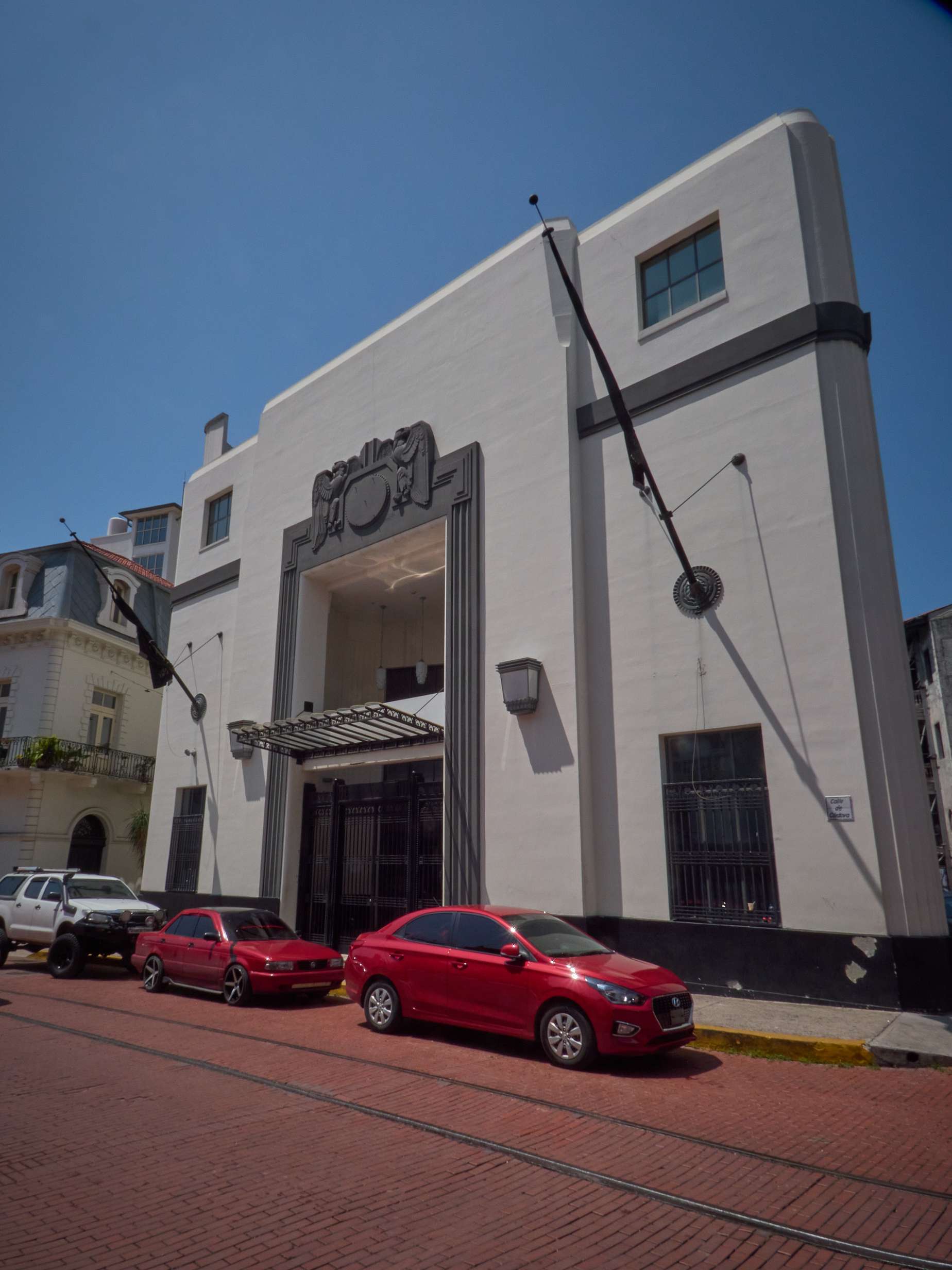
Plaza Bolivar
Originally known as Plaza de San Francisco, it arose from a fire that devoured an entire block with 50 houses. It received its current name in 1926, on the occasion of the centenary of the Amphictyonic Congress. The bronze sculpture honors the Liberator with the flags of Argentina, Chile, Bolivia and Colombia, accompanied by reliefs that represent the emancipation of the slaves, the proclamation of the Liberator as father of the country, the cry of American independence and the passage of The Andes. Similarly, two allegorical figures of freedom and victory shake hands at the top, under a condor that unfolds its wings to take flight.
Plaza de Francia or Las Bovedas
This site corresponds to the tip of the city’s peninsula, which was known as Punta de Chiriqui. Originally, it was a rammed earth parade ground for military use; later, it was also used as a prison. It kept these functions until the beginning of the 20th century.
President Belisario Porras changed its name to Plaza de Francia, in remembrance of the failed French attempt to build the canal.
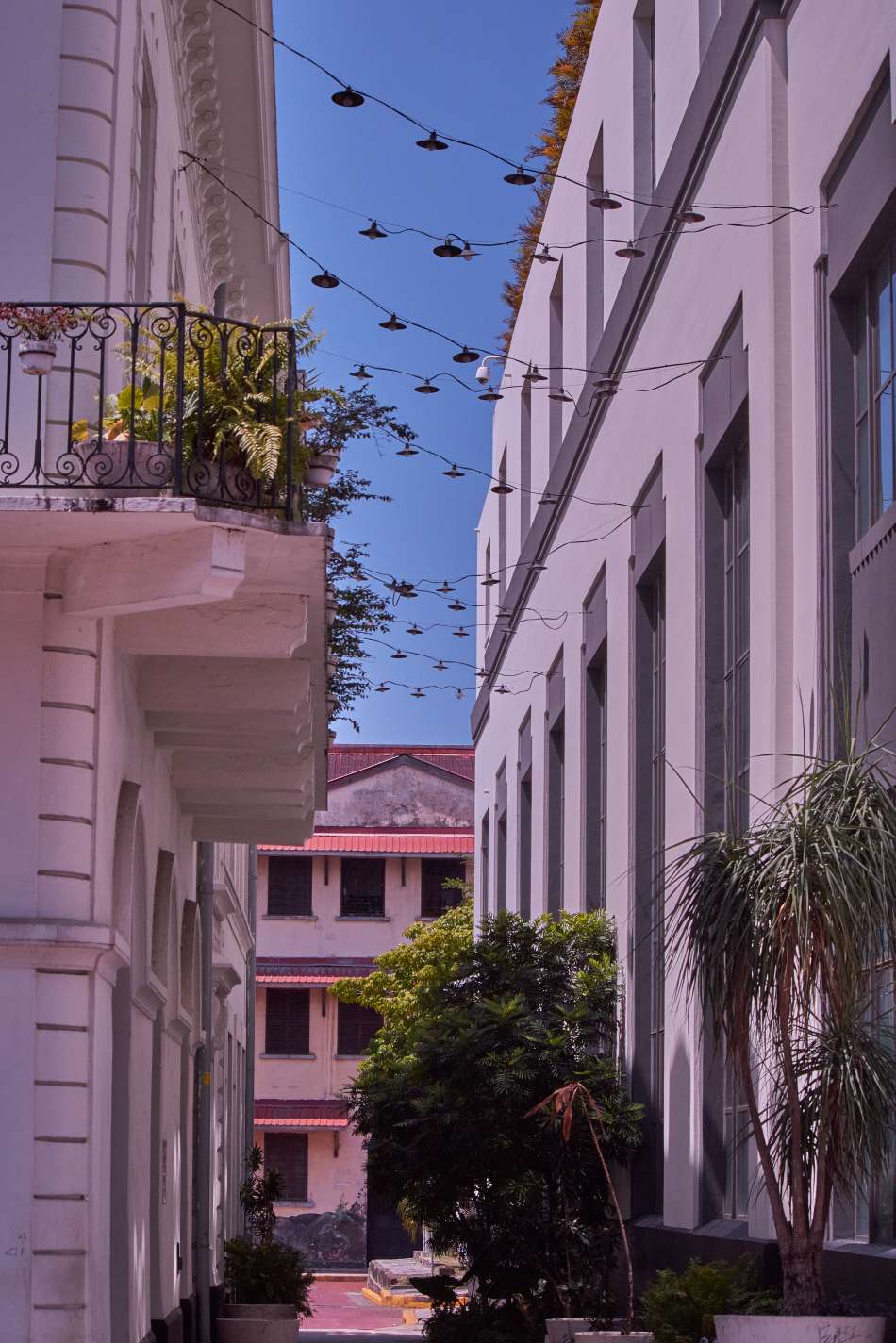
Plaza de la Independencia
Popularly known as Plaza de la Catedral, it is the main public space in Casco Antiguo. In this place, great milestones in history have been celebrated, such as the independence from Spain and later from Colombia.
The Plaza is surrounded by the main historical buildings such as the Cathedral, the Municipal Palace and the Panama Canal Museum. During the summer months it is dressed in pink due to the flowers of the trees that surround it.
Plaza de la Independencia is located in the middle of Casco Antiguo, 150 meters from Plaza Bolívar and 400 meters from Plaza de Francia.
Interoceanic Canal Museum
It is one of the most visited museums where the history of the Panama Canal is explained from the failed French company, its construction by the United States and its expansion carried out by Panama.
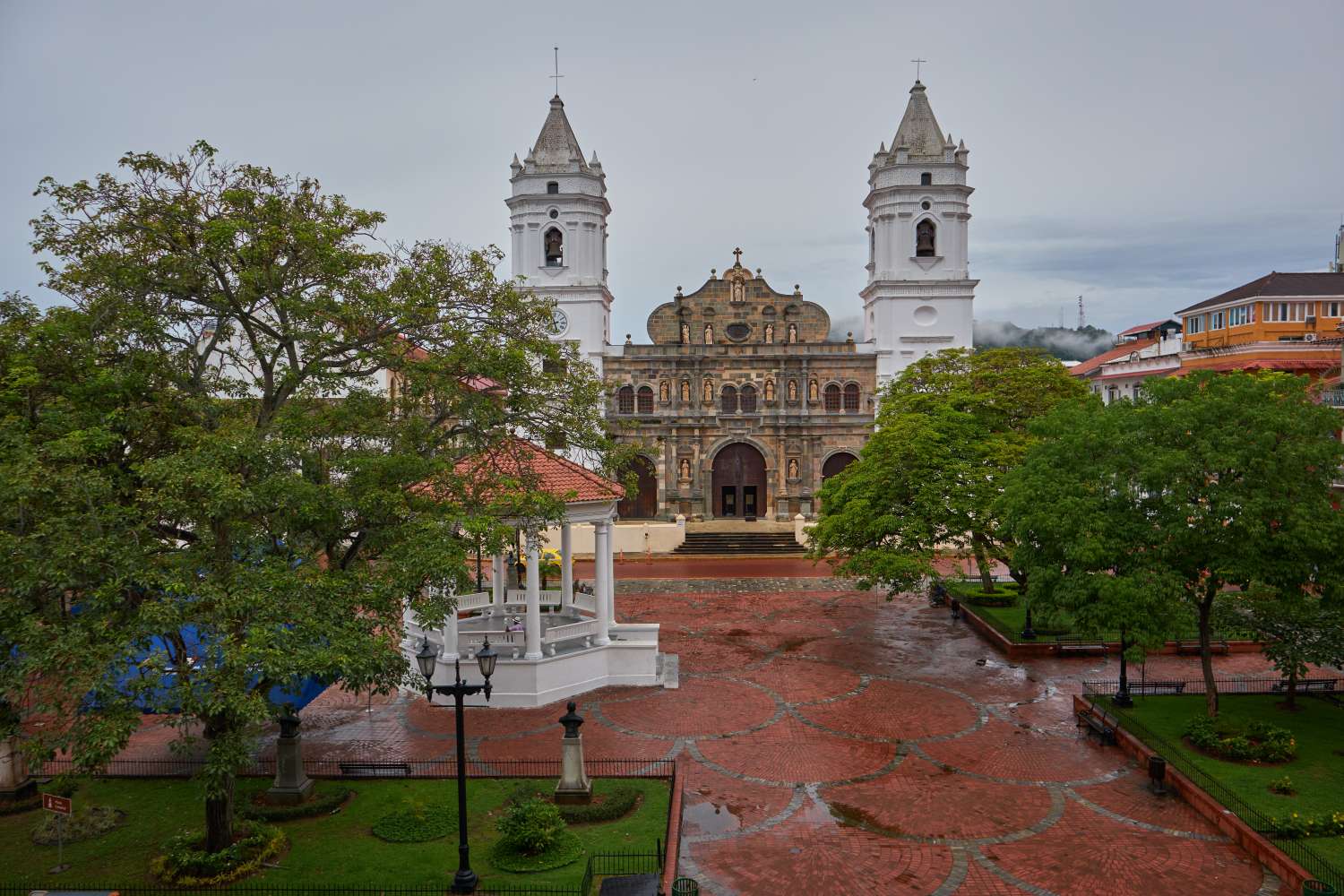
Religious Art Museum
This place protects ancient pieces of the history of Panama, it also exhibits to the public sculptures, paintings and silverware related to the 16th, 17th and 18th centuries and the first two decades of the 19th century.
Mola Museum
A private museum that uniquely shows the culture of the Guna Yala natives of Panama. It has five exhibition rooms where the visitor can learn about the evolution of the mola, its aesthetic values, how it is made, its meaning, and at the same time learn how to make a mola.
Museo de la Merced
Located inside one of the oldest churches in Casco and the Museum of Antiquities with a collection of cars and objects from the last century.
Monumental and Heritage Complex Bolivar Palace
The Bolivar Palace, better known as the Ministry of Foreign Affairs, is one of the largest and most imposing buildings in Casco Viejo, located on 3rd street right in front of the Pacific Ocean.
Visitors can see the famous Bolivar Hall which is completely enclosed by glass for protection. The Bolivar Museum has the Chapter House of the Convent and the Records Room, where the Protocols of the Isthmus are exhibited. It also has a replica of the luxury sword used by Simon Bolívar, a gift from Venezuela to the Panamanian State. It also has an internal patio with beautiful tiles and is covered with a translucent roof to protect it from the weather and improve the temperature. This old central patio was transformed into the Plaza de Los Libertadores that pays homage to those who fought for Latin American independence.
